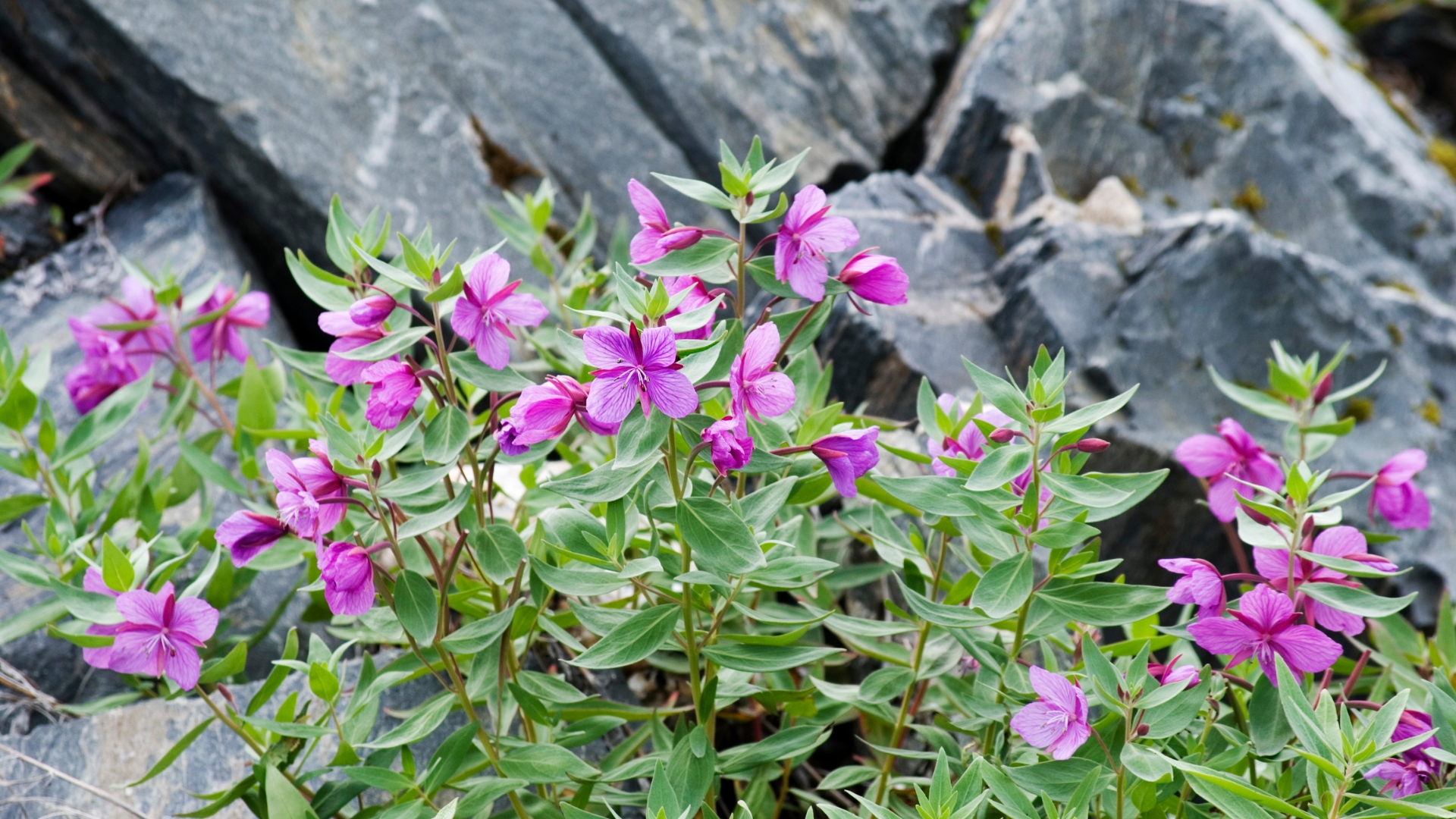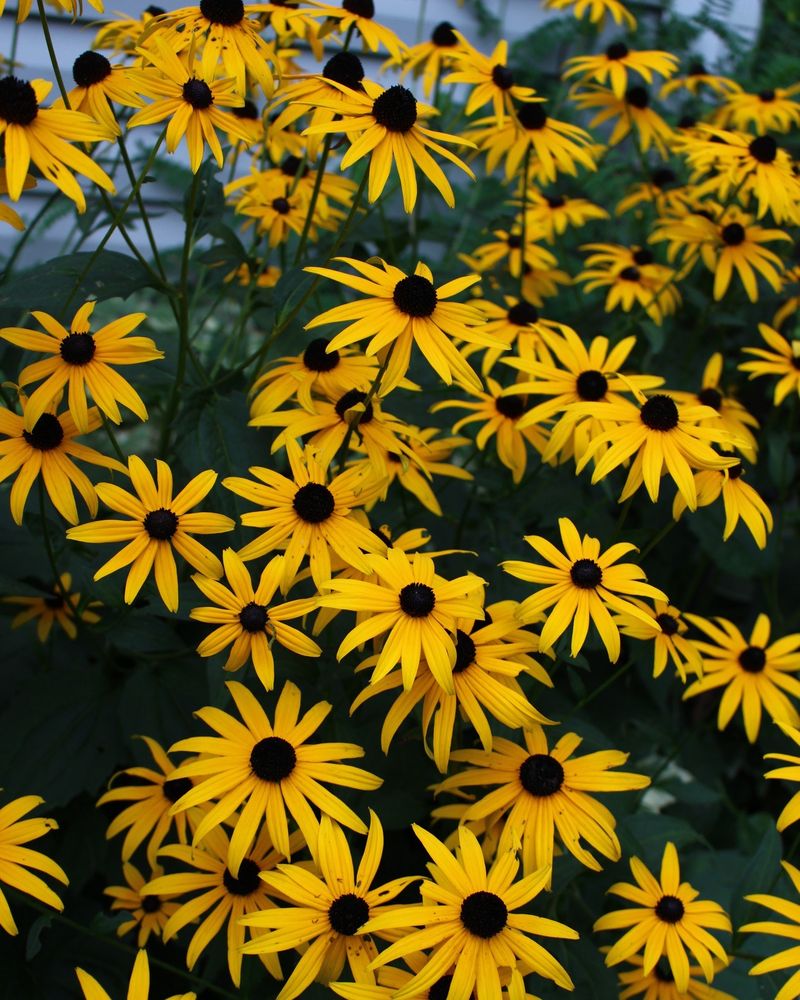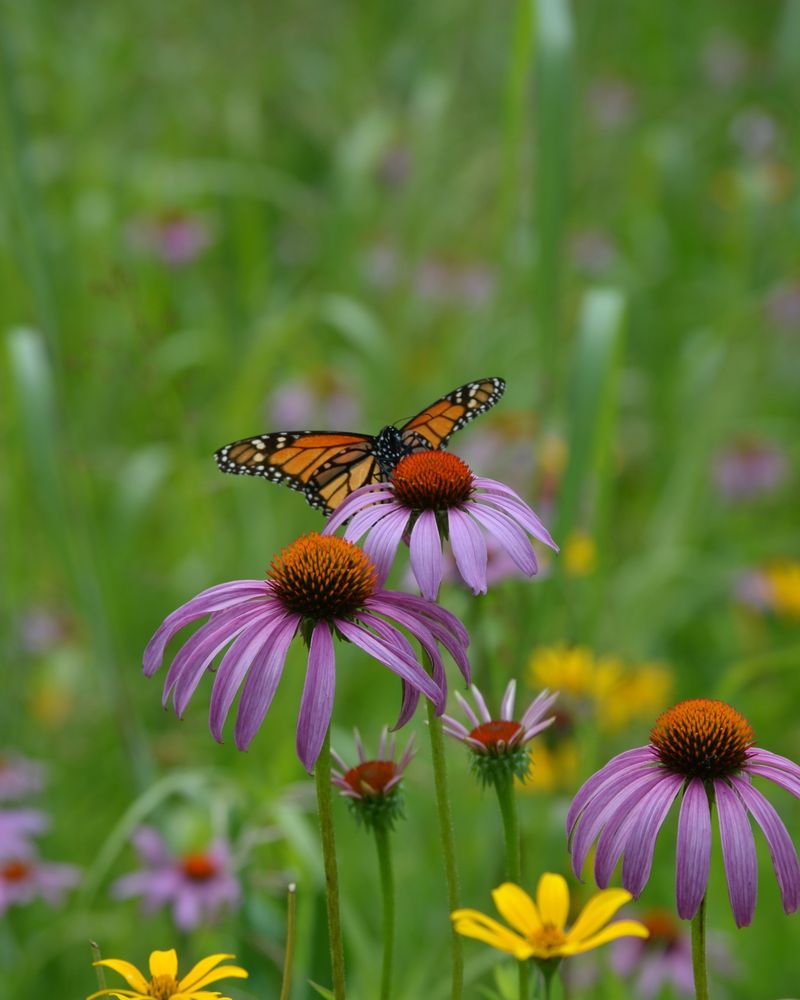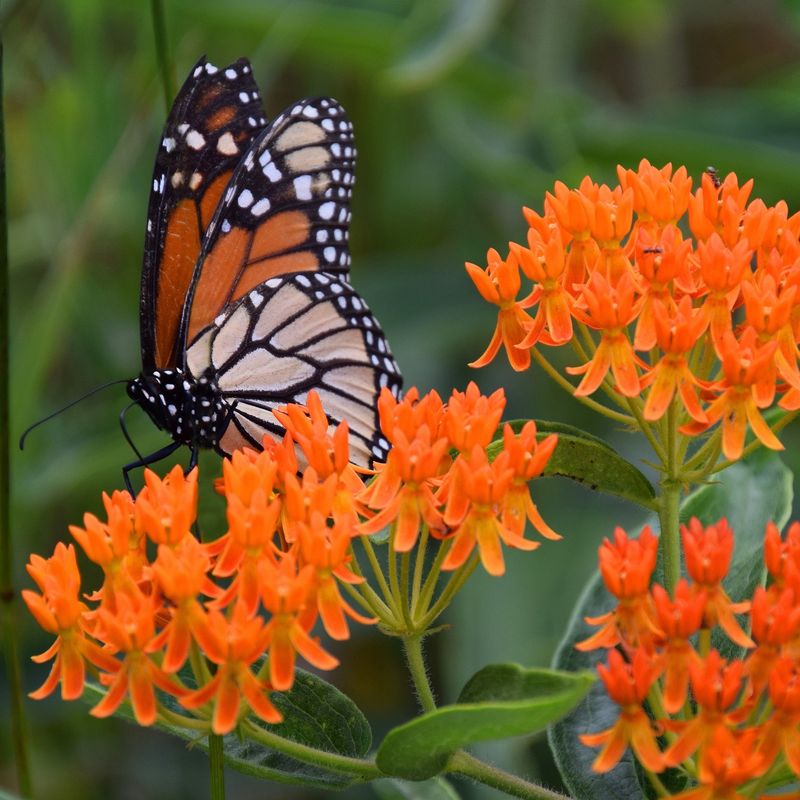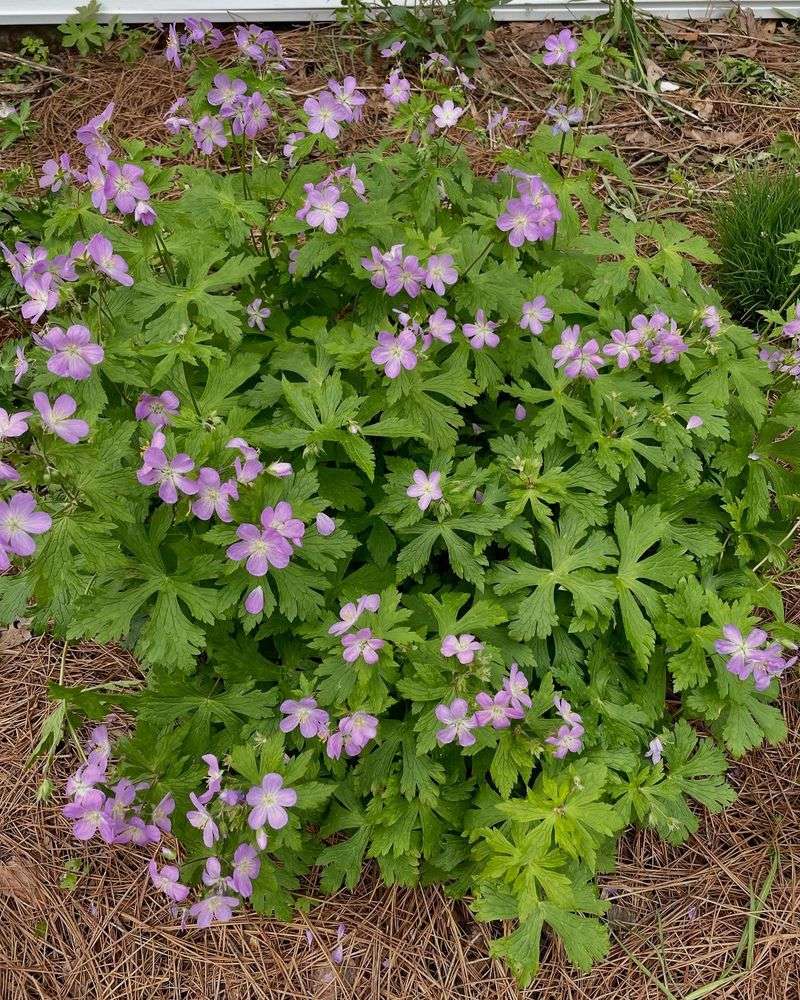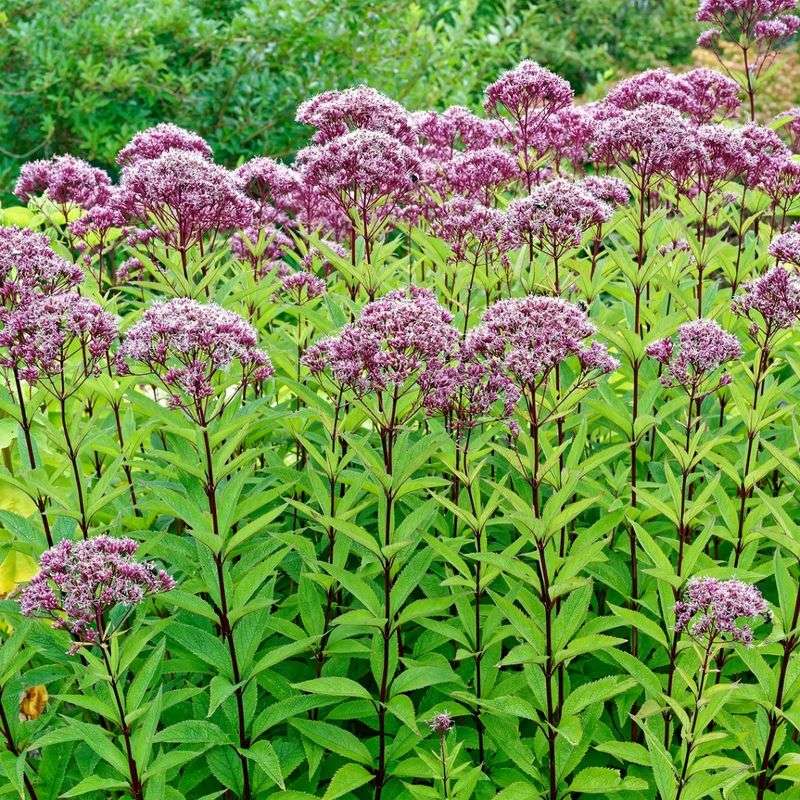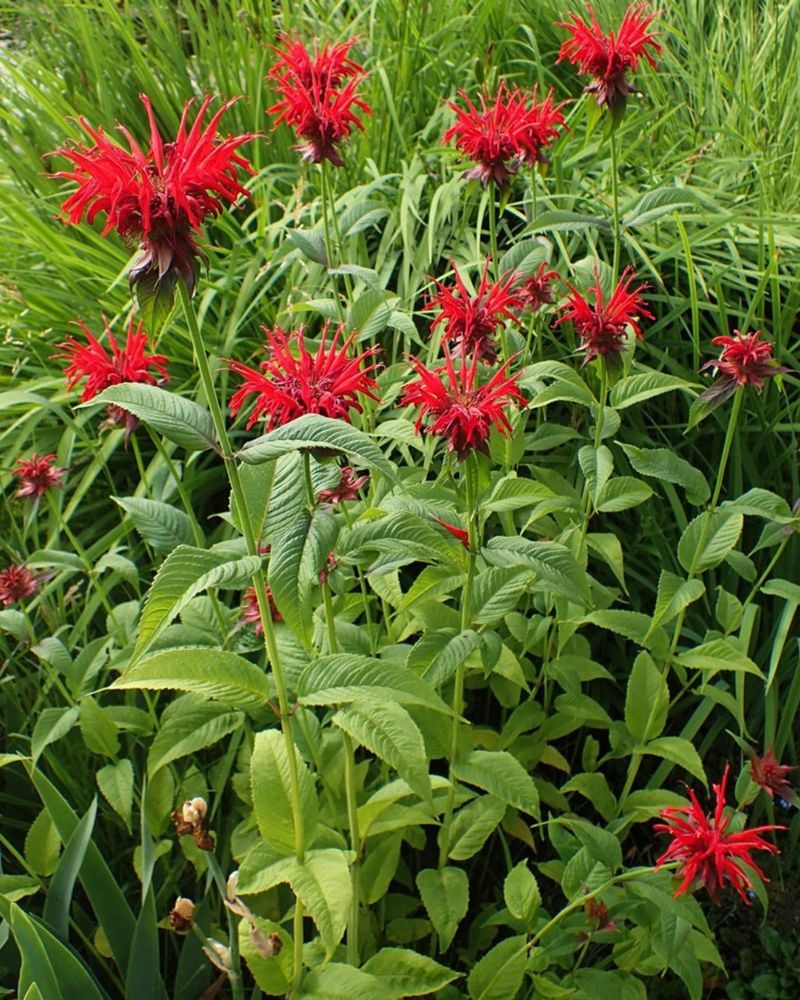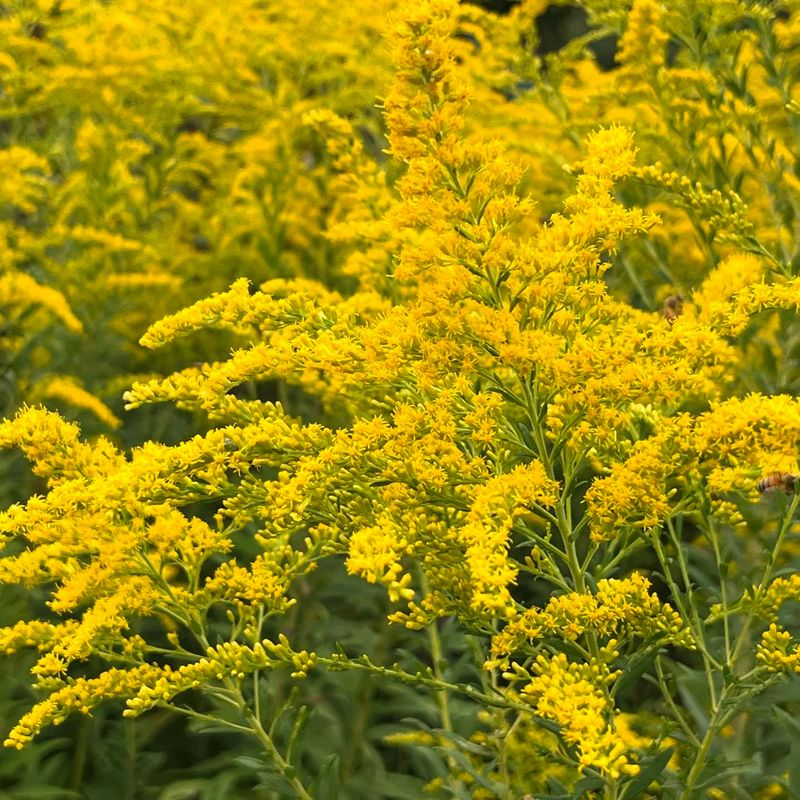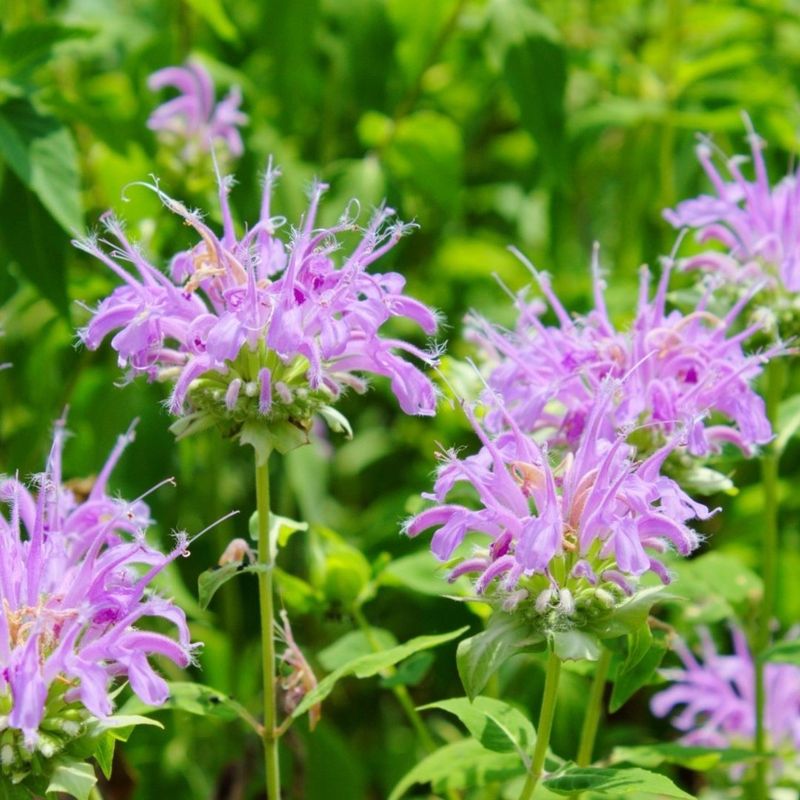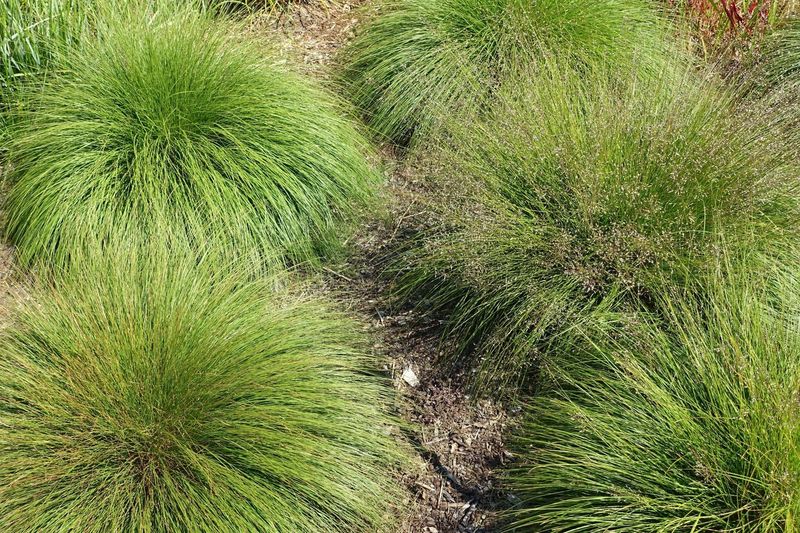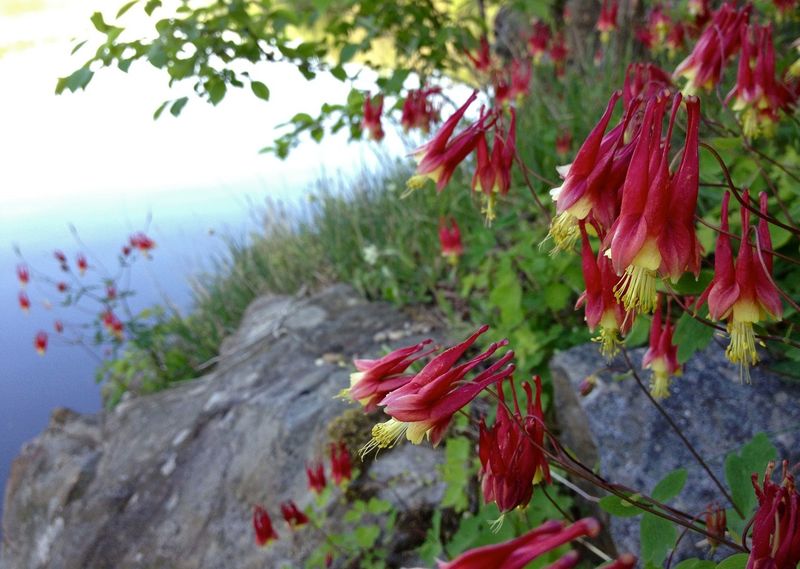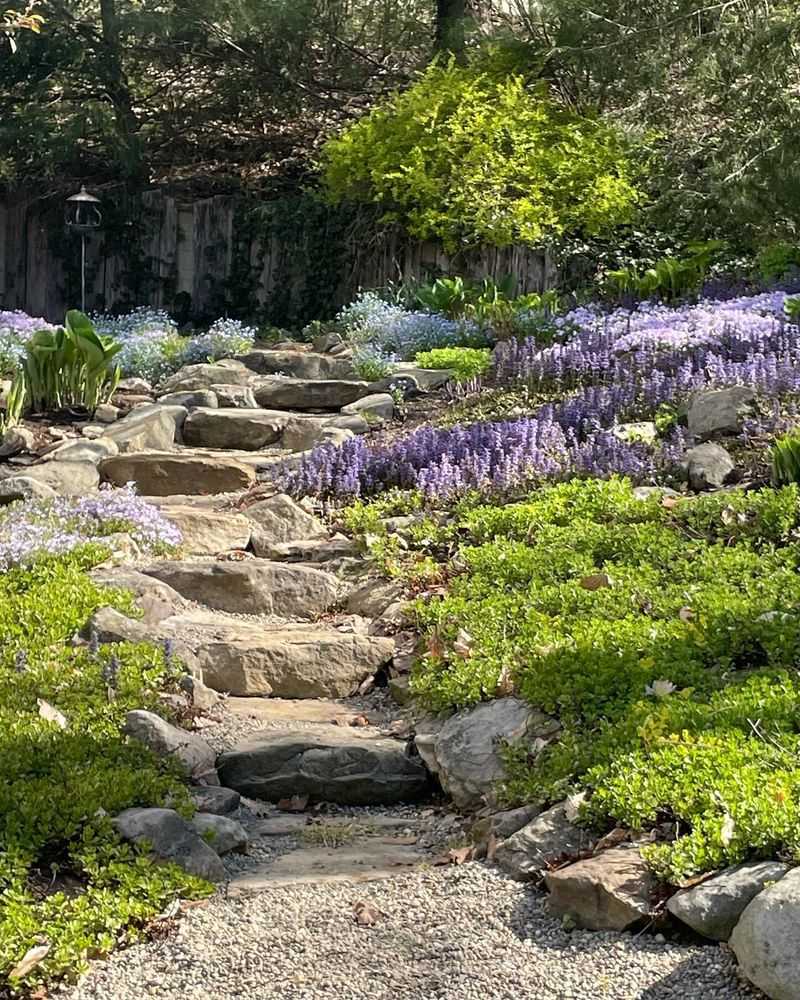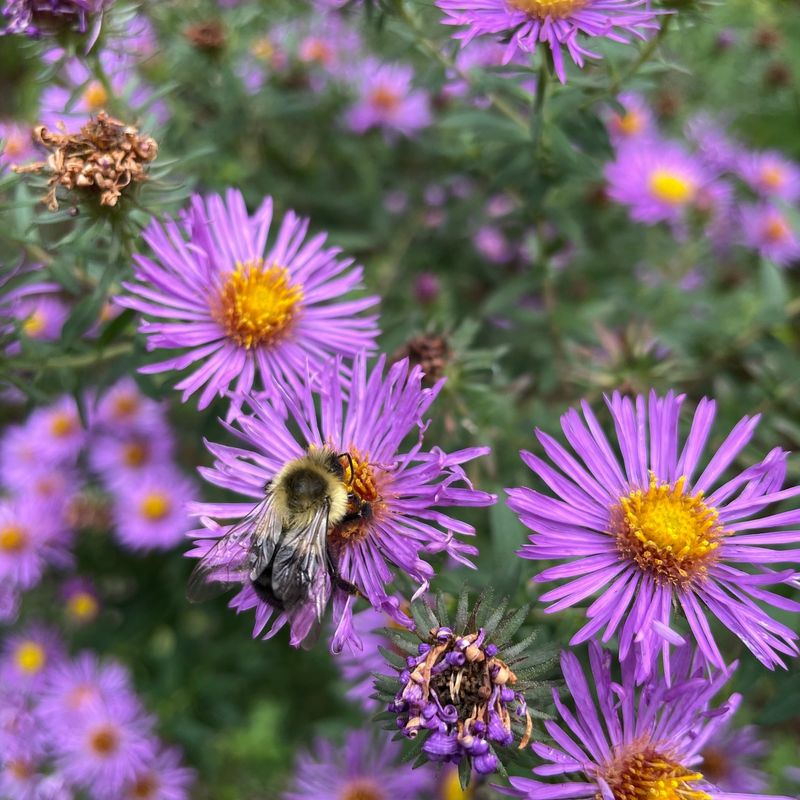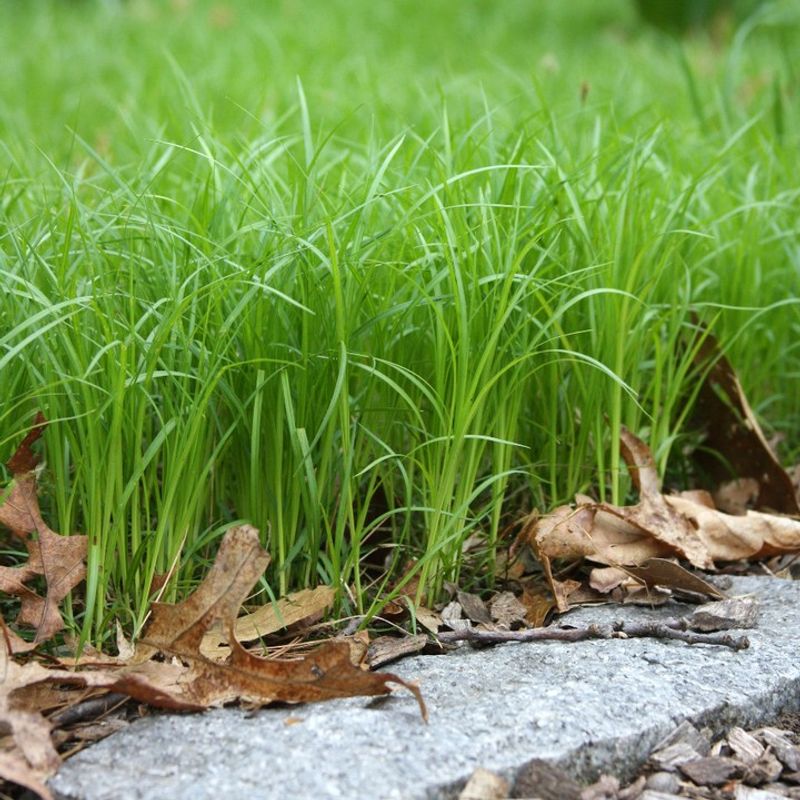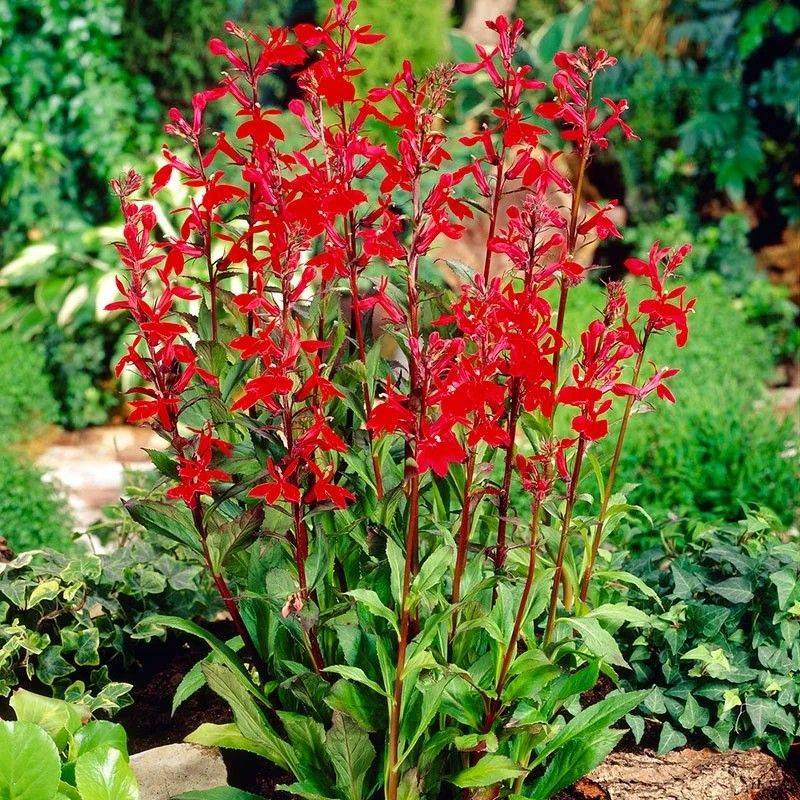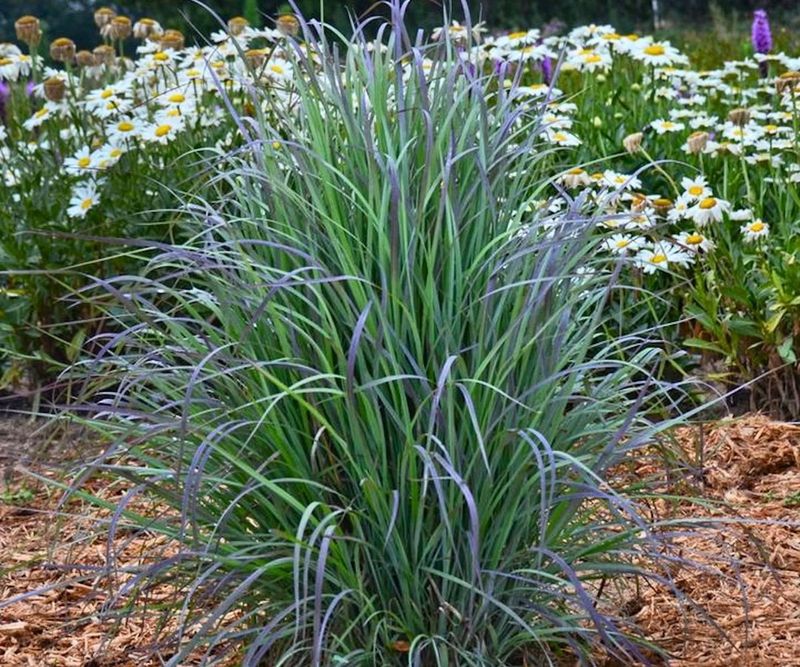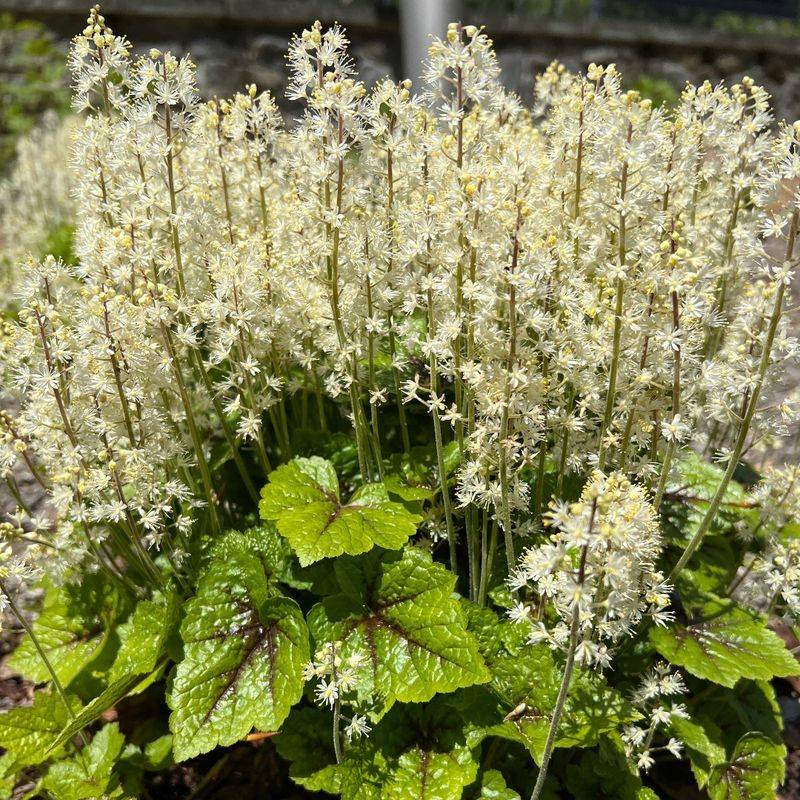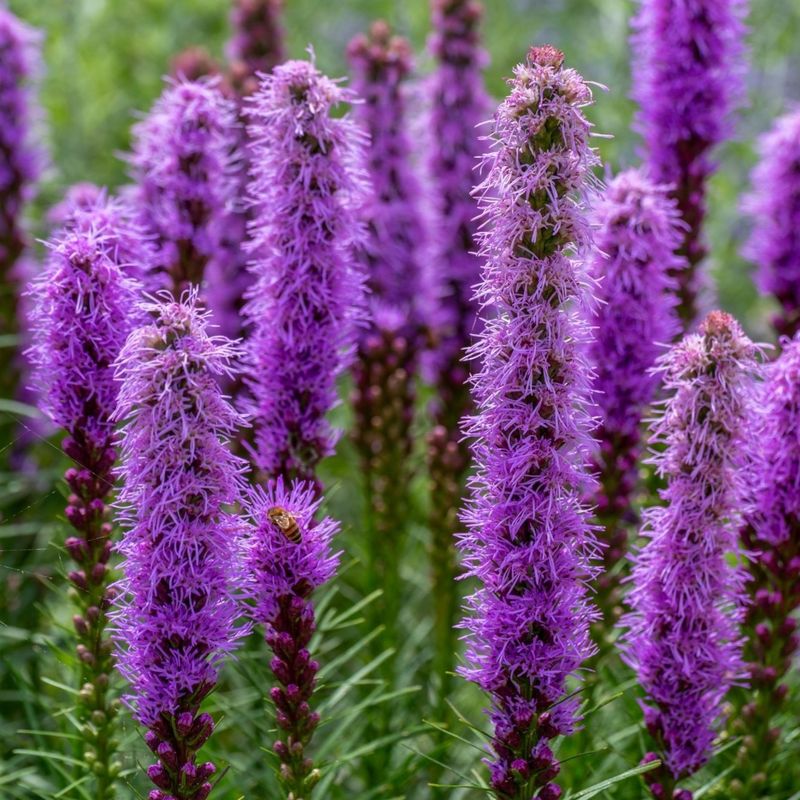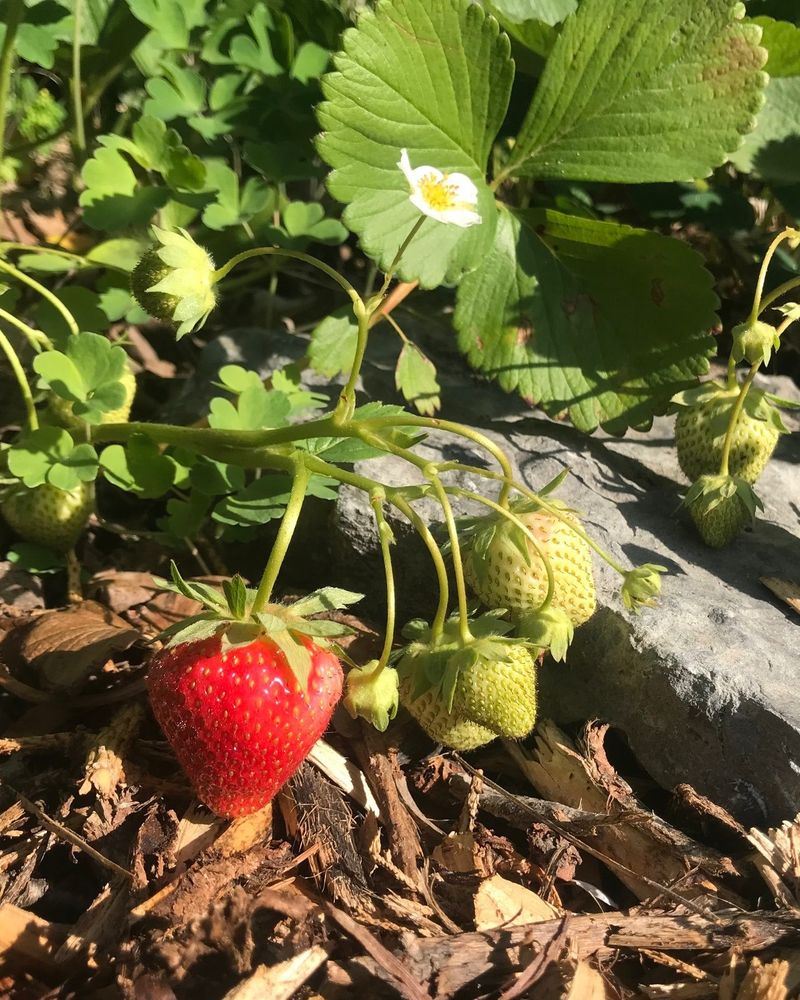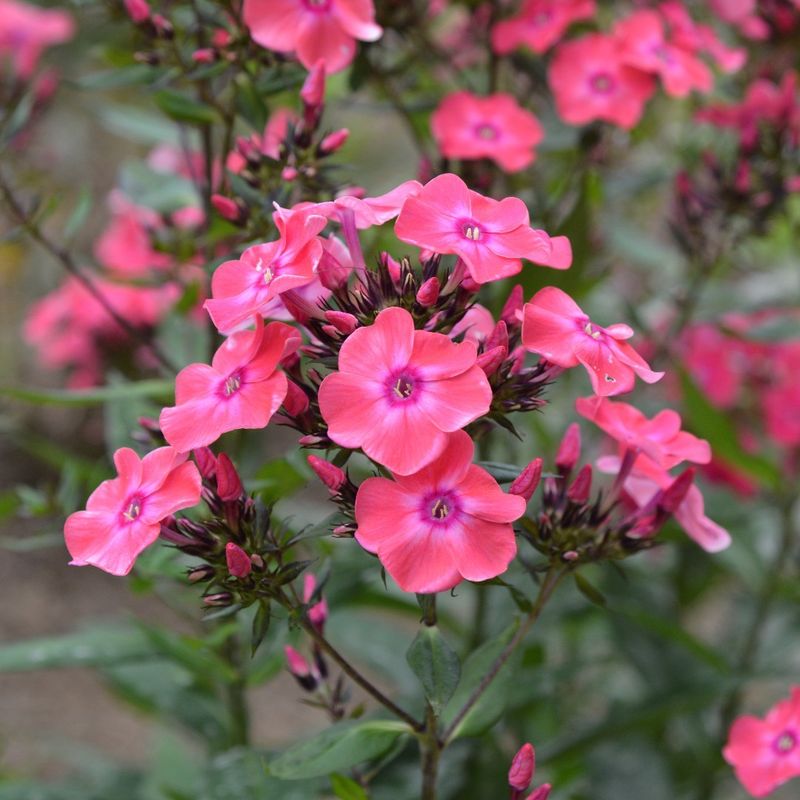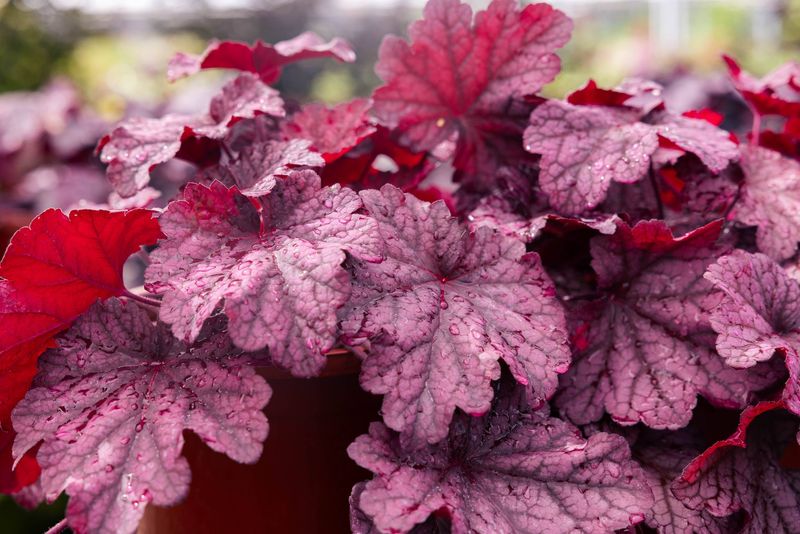After years of pulling weeds non-stop, I finally found a better way—planting native perennials that do the hard work for me. These plants fill in fast, crowd out weeds, and look great doing it.
Plus, they’re tough, low-maintenance, and perfectly suited to the local climate. I’ve seen firsthand how they transform a garden into something lush and easy to manage.
If you’re ready for less weeding and more enjoying, these native picks are total game-changers.
1. Black-Eyed Susan
Cheerful golden flowers blanket the garden from midsummer through fall, creating a carpet too dense for weeds to penetrate. The spreading habit of these sun-lovers gradually fills empty spaces where weeds might otherwise take hold.
Once established, their drought tolerance and competitive nature make them excellent weed suppressors. Plant them in borders or meadow gardens where they’ll naturalize and create a self-sustaining community that keeps unwanted plants at bay.
2. Purple Coneflower
Standing tall with distinctive purple-pink petals surrounding a spiky center cone, this prairie native creates a formidable defense against weeds. The deep taproot system competes aggressively for underground resources, starving out shallow-rooted interlopers.
Butterflies and bees flock to these drought-resistant beauties, making them doubly valuable in the garden. Their spreading habit creates natural patches that densely cover soil, blocking light that weed seeds need for germination.
3. Butterfly Weed
Vibrant orange clusters create a beacon for pollinators while establishing a root system that outcompetes nearby weeds. Unlike its invasive cousin milkweed, this well-behaved native stays where you plant it while still creating dense growth that shades out weed seedlings.
Monarch butterflies depend on this plant for reproduction, making it ecologically valuable. The deep taproot helps it survive drought conditions when many weeds would wither, giving it a competitive edge in challenging garden spots.
4. Wild Geranium
Delicate lavender-pink blooms belie this woodland native’s toughness against garden invaders. Forming tight colonies through slowly spreading rhizomes, it creates a living mulch that effectively blocks weed germination in partial shade areas.
Spring flowers give way to attractive foliage that persists through summer and fall. The dense growth habit means less space for unwanted plants to gain a foothold, especially in those tricky transitional areas between sun and shade.
5. Joe-Pye Weed
Ironically named, this magnificent native actually helps control other weeds through its commanding presence and extensive root network. Towering up to seven feet tall, its mauve flower clusters create a stunning backdrop while its robust growth habit leaves little room for unwanted plants.
Butterflies can’t resist the nectar-rich blooms in late summer. The extensive root system efficiently absorbs nutrients and water, effectively starving out less established weeds trying to compete in the same space.
6. Bee Balm
Scarlet, pink, or purple whorled flowers aren’t just magnets for hummingbirds and bees – they’re part of a plant strategy that naturally suppresses weeds. Spreading via underground runners, bee balm quickly forms dense colonies that shade out and outcompete unwanted plants.
The aromatic foliage contains natural compounds that may help inhibit some weed growth. Even in winter, the sturdy stalks and seed heads provide garden structure while the underground network maintains its territory against early spring weeds.
7. Goldenrod
Often mistakenly blamed for hay fever, this innocent late-summer beauty actually provides crucial nectar for pollinators while creating a weed-resistant barrier. The spreading rhizomes form dense colonies that effectively block light from reaching weed seeds in the soil below.
Contrary to garden myths, goldenrod won’t take over your garden like some exotic invaders. The deep root system helps it withstand drought while competing successfully against more aggressive weeds that might otherwise dominate the landscape.
8. Wild Bergamot
Lavender pom-pom blooms sway above aromatic foliage that naturally deters many garden pests and weeds. This mint family member spreads through underground runners to form weed-suppressing colonies without becoming invasive itself.
Bees and butterflies flock to the nectar-rich blooms throughout summer. The plant’s natural allelopathic properties may help inhibit the growth of certain weeds nearby, giving you a double advantage in maintaining a weed-free garden bed.
9. Prairie Dropseed
Fountain-like foliage creates an elegant architectural element while forming dense tufts that leave no room for weeds to establish. This native grass develops an extensive fibrous root system that efficiently competes for water and nutrients in the soil.
Delicate seed heads release a subtle fragrance some describe as reminiscent of cilantro or popcorn. The arching leaves turn golden in fall, providing multi-season interest while maintaining their weed-suppressing ground coverage throughout the year.
10. Wild Columbine
Dancing red and yellow blooms on delicate stems belie this woodland native’s toughness against weedy invaders. Forming neat clumps that gradually spread through self-seeding, columbine establishes colonies that efficiently occupy garden space.
Hummingbirds can’t resist the nectar-filled spurs of these unique flowers. The plant’s ability to thrive in partial shade gives it an advantage in woodland edges and understory areas where many aggressive weeds would otherwise flourish.
11. Creeping Phlox
Carpets of pink, purple, or white flowers create a living mulch that smothers weeds before they can establish. The mat-forming habit of this low-growing perennial makes it perfect for garden edges, rock gardens, and slopes where weed control is challenging.
Even after the spring bloom fades, the dense evergreen foliage continues its weed-suppressing work year-round. The shallow but dense root system forms an effective barrier that prevents weed seeds from making contact with the soil below.
12. New England Aster
Vibrant purple daisy-like blooms create a late-season spectacle while the plant’s spreading habit forms weed-blocking colonies. The robust growth and extensive root system effectively compete with and crowd out many common garden weeds.
Migrating butterflies depend on these fall flowers for crucial nectar. When planted in drifts, these tall beauties create a living barrier that occupies the soil so thoroughly that few weeds can establish in their midst.
13. Pennsylvania Sedge
Fine-textured foliage creates a lush, lawn-like appearance while forming a dense mat that effectively smothers weeds. This versatile native ground cover thrives in shade where grass struggles, offering an ecological alternative that requires no mowing.
The extensive network of rhizomes creates a living mulch that prevents weed seeds from reaching soil. Perfect for woodland gardens, this sedge maintains its weed-suppressing abilities through all seasons while providing habitat for beneficial insects.
14. Cardinal Flower
Brilliant scarlet spikes stand like flaming sentinels while creating a dense root system that outcompetes many weeds. This moisture-loving native thrives in areas where many weeds would also flourish, effectively occupying that niche in the garden ecosystem.
Hummingbirds perform spectacular aerial displays while visiting these intense blooms. The plant’s ability to self-seed helps it create natural colonies that maintain their territory against weedy competitors, especially in those challenging damp spots.
15. Little Bluestem
Blue-green summer foliage transforms to striking coppery-red in fall, creating year-round interest while its dense growth habit blocks weeds. This prairie grass develops an extensive fibrous root system that can extend several feet deep, efficiently competing for water and nutrients.
The upright clumping form makes it perfect for contemporary landscapes. When planted in drifts, it creates a living mulch that effectively prevents weed seeds from reaching the soil while providing winter habitat for beneficial insects.
16. Foamflower
Delicate white flower spikes rise above scalloped semi-evergreen foliage that forms a dense weed-suppressing carpet in shady areas. The slowly spreading habit creates colonies that effectively occupy woodland garden space where many weeds would otherwise thrive.
The heart-shaped leaves often feature attractive burgundy veining for added visual interest. This shade-lover combines beautifully with ferns and other woodland natives to create a weed-resistant understory community in challenging garden locations.
17. Blazing Star
Tall purple spikes create vertical drama while establishing a root system that effectively competes with weedy invaders. The dense flower stalks grow so closely together that they shade out potential weed seedlings trying to establish beneath them.
Butterflies and native bees can’t resist these nectar-rich blooms. The plant’s drought tolerance gives it a competitive edge over many common weeds, allowing it to thrive in challenging conditions where other garden plants might struggle.
18. Wild Strawberry
Charming white flowers give way to tiny edible berries while the plant sends out runners that quickly form a weed-suppressing mat. Unlike their cultivated cousins, these native ground covers are tough competitors that effectively prevent weed establishment through dense growth.
The shallow but extensive root system efficiently absorbs nutrients and water from the soil surface. Perfect for sunny slopes and garden edges, this ground cover combines ornamental value with practical weed control and the occasional sweet treat.
19. Meadow Phlox
Fragrant clusters of pink, lavender, or white flowers top sturdy stems while the plant’s clumping habit creates dense colonies that discourage weeds. Unlike its ground-hugging cousin, this taller phlox creates a mid-border presence that efficiently occupies garden space.
Butterflies and hummingbirds frequently visit these summer blooms. The plant’s ability to spread gradually through rhizomes helps it maintain territory against potential weedy invaders while never becoming problematic itself.
20. Coral Bells
Evergreen rosettes of colorful foliage create year-round interest while forming a dense ground layer that blocks weed germination. The tidy mounds gradually spread to create colonies that effectively occupy garden space, especially in those challenging partial shade locations.
Delicate flower spikes attract hummingbirds while adding vertical interest. The plant’s ability to maintain its foliage through winter means continuous weed suppression, giving you a head start against early spring invaders.

